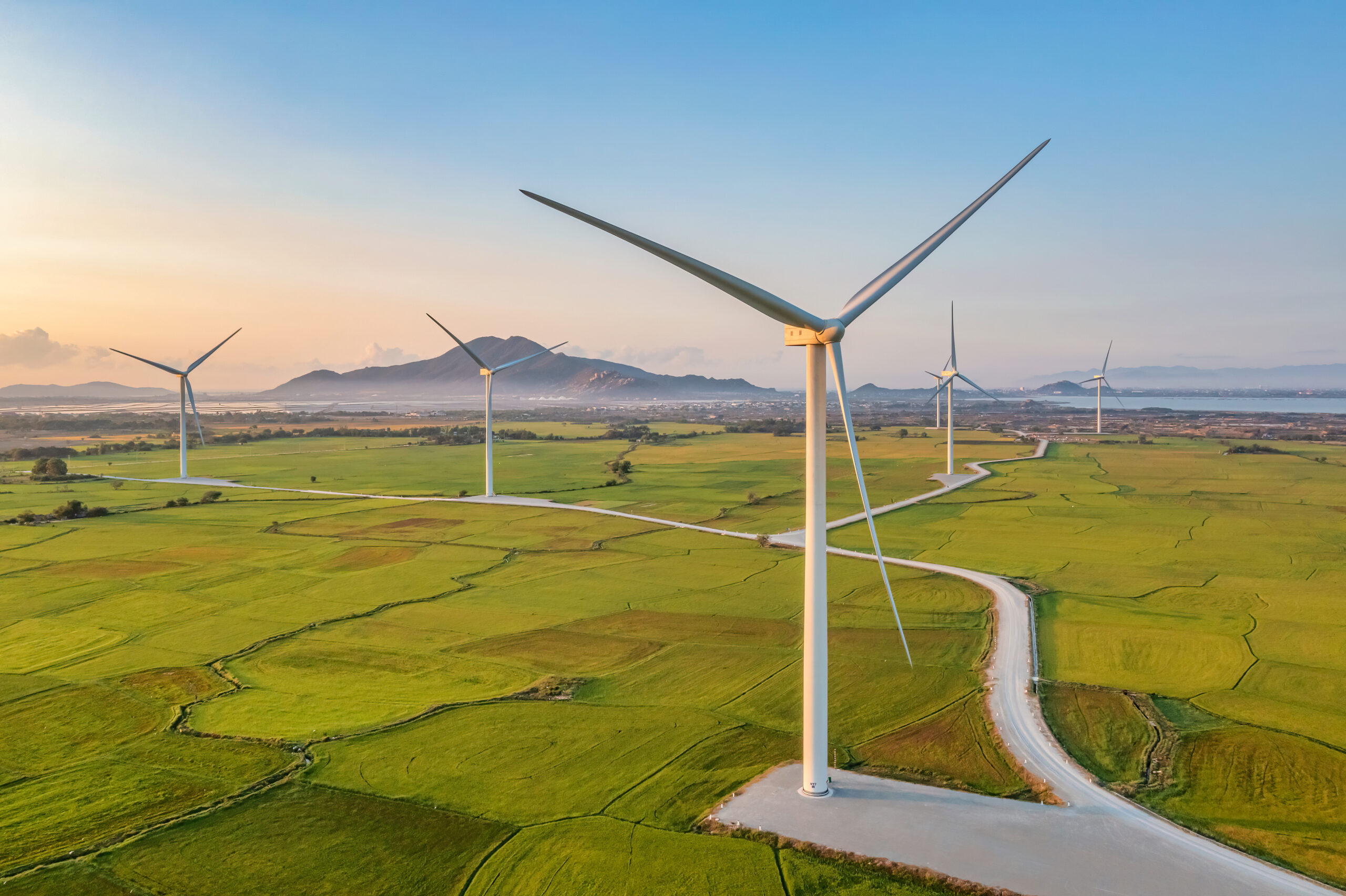How AI Manages Wind Farm Noise
AI is key to sustainable power curtailing in wind farms and the reduction of wind farm noise....

While wind farms are a critical component of clean energy initiatives, their operation is not silent. The noise produced can have implications for both human communities and wildlife. Understanding and mitigating this noise is becoming increasingly important as wind farms become more prevalent.
While wind energy is considered a cleaner alternative to fossil fuels and plays an important role in the mitigation of climate change, WTs often meet resistance on local and national levels. They have been criticised for alleged direct and indirect impacts on multiple counts, including the wellbeing of neighboring residents, landscape aesthetics, and real-estate value.
The Intricacies of Wind Farm Noise
The operation of wind turbines generates noise, a byproduct of both the mechanical and aerodynamic forces at work. While the noise levels—comparable to a refrigerator’s hum from a few hundred meters away—might seem minimal, they can still have significant implications. Regulatory thresholds are in place to ensure community well-being, but meeting these standards without compromising on energy production is a complex balance.
Power Curtailing: A Necessary Compromise
One of the strategies employed to adhere to noise regulations is power curtailing, which involves intentionally reducing a turbine’s output to minimise noise. This measure, while effective for compliance, can lead to a significant loss in potential energy production, particularly under certain wind conditions. The challenge lies in predicting when to curtail power and by how much, to minimise both noise impact and energy loss.
AI: The Path Forward
Predictive Maintenance and Efficiency
AI revolutionises wind turbine maintenance by transitioning from reactive to predictive methodologies. Through data analysis, AI predicts maintenance needs, allowing for timely interventions that keep turbines running smoothly and quietly. This foresight minimises downtime and prevents issues that could lead to noise complaints or necessitate power curtailing.
Adaptive Power Curtailing with AI
AI’s capability to monitor noise in real time introduces a nuanced approach to managing wind farm noise. It distinguishes turbine-generated sounds from ambient environmental noises, enabling targeted power curtailing. This means adjustments are made based on real-time conditions and specific noise regulations, ensuring energy production is optimissed without breaching noise limits.
Risso AI exemplifies the advanced capabilities of AI algorithms in processing and classifying audio recordings. By automatically identifying different noise events and distinguishing turbine noise from other environmental sounds, it ensures that noise management efforts are accurately targeted.
Implementing AI for Strategic Power Curtailing
The implementation of AI in wind farms for noise management and power curtailing involves installing real-time noise monitors around the farm. These monitors, now more affordable than ever, communicate directly with an AI system that can analyse data and adjust turbine operations instantaneously. Such a system not only addresses noise complaints but also significantly reduces the need for broad-spectrum power curtailing, instead favouring a targeted, efficient approach.
The role of AI in wind farm operations marks a significant stride towards harmonising energy production with environmental and community concerns. By leveraging AI for predictive maintenance and strategic power curtailing, wind farms can operate more quietly and efficiently, ensuring a sustainable path forward for renewable energy. This nuanced approach to managing wind turbine noise and power output underscores the potential of AI to revolutionise the renewable energy sector, making wind farms more palatable to nearby communities and more productive overall.
Subscribe to our newsletter
See why business of all sizes use Risso AI for sound analysis


